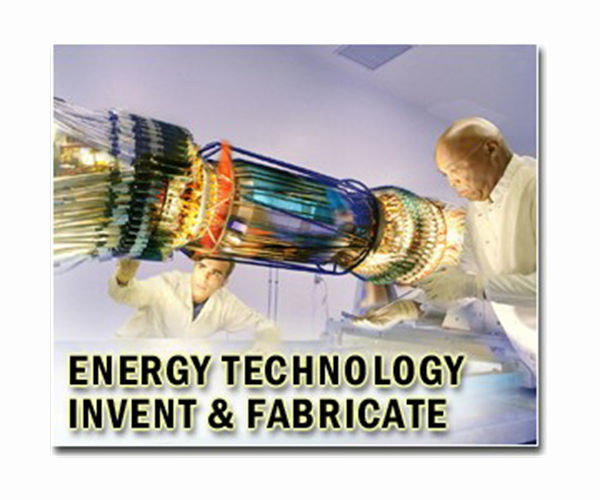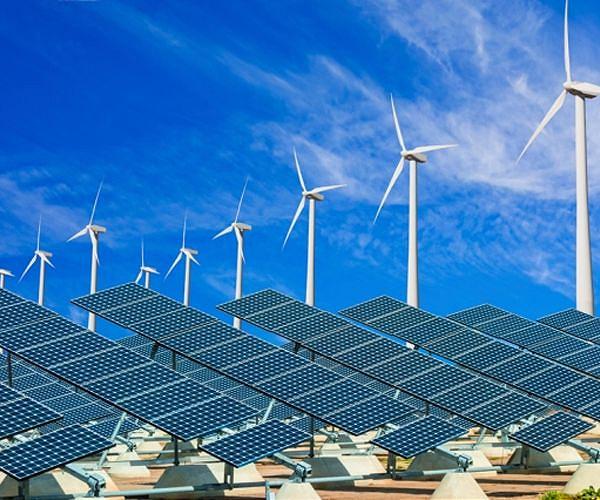
New Study Highlights Ancient Technology’s Role in Future Clean Energy
by Clarence Oxford
Los Angeles CA (SPX) Aug 05, 2024
A Bronze Age technology may provide a quick and cost-effective method to meet the United Nations’ climate goal of net zero emissions by 2050, according to recent Stanford-led research published in PNAS Nexus.
The technique involves using heat-absorbing bricks, known as “firebricks,” stored in an insulated container to capture heat generated by solar or wind power. This heat can be later released by passing air through channels in the brick stacks, enabling factories for cement, steel, glass, and paper to operate on renewable energy even when wind and solar power are not available.
This form of thermal energy storage, which several companies are beginning to commercialize, uses bricks made from materials similar to those used in ancient kilns and iron-making furnaces. To enhance heat storage rather than insulation, these materials are combined in varying proportions.
“The difference between firebrick storage and battery storage is that the firebricks store heat rather than electricity and are one-tenth the cost of batteries,” said lead study author Mark Z. Jacobson, a professor of civil and environmental engineering in the Stanford Doerr School of Sustainability and School of Engineering. “The materials are much simpler too. They are basically just the components of dirt.”
High-Temperature Storage
Industries requiring high-temperature heat for manufacturing need temperatures to reach at least 1,300 degrees Celsius (2,400 degrees Fahrenheit) for cement and 1,000 degrees Celsius (1,800 degrees Fahrenheit) or higher for glass, iron, and steel production. According to calculations by Jacobson and co-author Daniel Sambor, burning fossil fuels for industrial heat contributes to 17% of global carbon dioxide emissions. Transitioning to renewable heat sources could nearly eliminate these emissions.
“By storing energy in the form closest to its end use, you reduce inefficiencies in energy conversion,” said Sambor, a postdoctoral scholar in civil and environmental engineering. “It’s often said in our field that ‘if you want hot showers, store hot water, and if you want cold drinks, store ice’; so this study can be summarized as ‘if you need heat for industry, store it in firebricks.'”
Cost and Energy Savings
The research team evaluated the potential of using firebricks for industrial heat storage in 149 countries, responsible for 99.75% of global carbon dioxide emissions, in a future scenario where all energy needs are met by wind, geothermal, hydropower, and solar. “Ours is the first study to examine a large-scale transition of renewable energy with firebricks as part of the solution,” Jacobson said. “We found that firebricks enable a faster and lower-cost transition to renewables, and that helps everyone in terms of health, climate, jobs, and energy security.”
The study used computer models to compare costs, land requirements, health impacts, and emissions for two scenarios in 2050. One scenario assumed firebricks provided 90% of industrial heat, while the other assumed no use of thermal energy storage, relying instead on electric furnaces, heaters, boilers, and heat pumps with batteries for electricity storage.
The firebrick scenario could reduce capital costs by $1.27 trillion across the 149 countries compared to the no-firebrick scenario, while also decreasing grid energy demand and the need for battery storage capacity.
Health and Environmental Benefits
Accelerating the transition to clean energy also improves human health. Previous research shows air pollution from fossil fuels causes millions of early deaths annually. “Every bit of combustion fuels we replace with electricity reduces that air pollution,” Jacobson said. “And because there is a limited amount of money to transition at a high speed, the lower the cost to the overall system, the faster we can implement it.”
Jacobson, who has dedicated his career to studying air pollution, climate issues, and developing energy plans, sees firebricks as a promising new focus. “Imagine if we propose an expensive and difficult method of transitioning to renewable electricity – we’d have very few takers. But, if this will save money compared with a previous method, it will be implemented more rapidly,” he said. “What excites me is that the impact is very large, whereas a lot of technologies that I’ve looked at, they have marginal impacts. Here I can see a substantial benefit at low cost from multiple angles, from helping to reduce air pollution mortality to making it easier to transition the world to clean renewables.”
Related Links
Stanford University
Powering The World in the 21st Century at Energy-Daily.com







